
By Ian Cushway
March 20, 2018
|
10 useful steps to help you put together the perfect ‘history file’ for your classic...
Guess what, according to research, having a comprehensive history file for your car can add as much as 20 percent to its value come resale time. If you’re able to collect all the relevant paperwork such as its original purchase receipt, workshop invoices and a precise timeline of owners from the day it left the factory, you’ll not only add provenance but you will be creating a lasting legacy which can stay with the car and be treasured by subsequent custodians. So how do you go about creating one, and what should be in it?
1. Birthday celebration!
Why not start at the very beginning by requesting a Heritage Certificate for your car. If you own a classic made by Austin, Morris, MG, Triumph, BMC or British Leyland among others, you can apply for a certified copy of your vehicle’s entry in the original factory ledger. You can find out how to do it here (www.britishmotormuseum.co.uk/archive/heritage-certificates). This will confirm its original specification as well as build and despatch dates, engine and body numbers, paint codes and details of any optional equipment fitted. Other marques are catered for elsewhere – Jaguar owners, for instance, can visit the Heritage Trust site here (http://www.jaguarheritage.com/heritage-certificate).
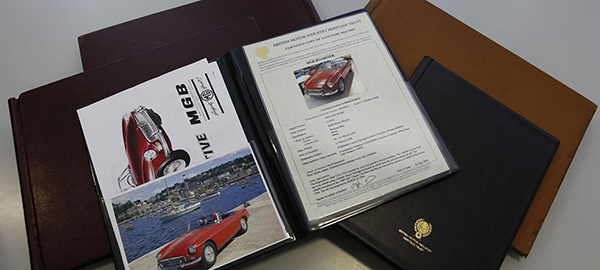
Credit: Image source by Ian Cushway
2. Calling the Detectives
If you’ve bought a car with scant or virtually non-existent information about its past, don’t worry because by becoming an amateur sleuth you’ll soon unearth some fascinating facts for your history file. Sit down with the paperwork you’ve got and look for old contacts. Is there a ‘phone number or address of a previous owner? If so, write to them or call, introduce yourself as the car’s current custodian and try to discover when they bought and sold the car so you can establish where they fit in on the vehicle’s timeline. It’s worth enquiring about whether they have any particular memories of the car, photos or receipts. It’s amazing what people hold on to or forget they’ve got! If they used a specialist to carry out work call them too, ask if they remember the car, and enquire whether they’ve got any additional information or photos of the work they did.

Credit: Image source by Ian Cushway
3. Collect the clues
If you’ve drawn a blank with the paperwork, apply your investigative skills to the car itself. Look for the name of a specialist or supplying dealer on number plates or on a window sticker. What about the keyfob - that might give you a lead? If you find anything that pins down your car geographically, then you can investigate further. Sometimes a garage will put a sticker saying when the car was last serviced in the engine bay, so look for evidence and track them down. Again, it’s a case of filling in all the gaps and painting as full a picture of your car’s past as you can.
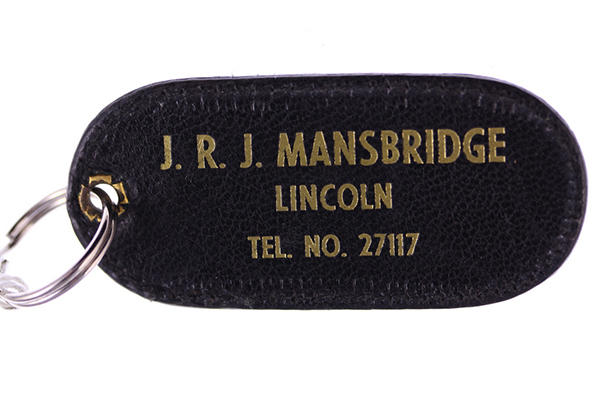
Credit: Image source by Ian Cushway
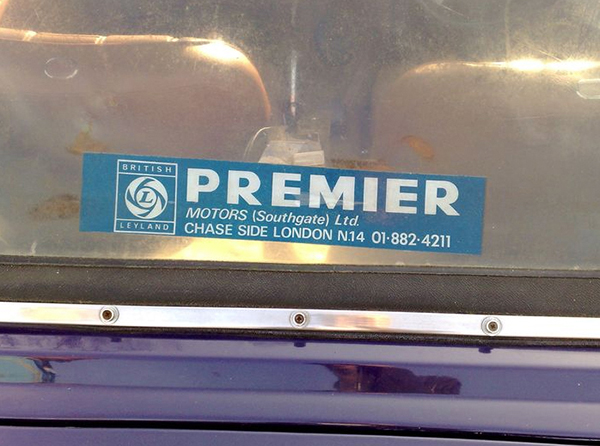
Credit: Image source by Ian Cushway
4. Search the internet
The classic car scene is a tight-knit community, so there’s bound to be someone out there who knows something interesting about your car to fill in a gap or add to your file. Love it or loathe it, this is where social media can help. Put a post on a club forum, chat room or Facebook site and see what comes up!
5. Finders keepers
The more paperwork you have for your car the better, so the golden rule is never throw anything away. Keep copies of every bill, receipt and expense that relates to your vehicle then put them all in date sequence. If there’s old MoT certificates, keep them in chronological order too so you can verify your car’s mileage. If you’ve still got the original bill of sale from new or past purchase receipts, keep them safe as they all help explain a chapter in the car’s life story.
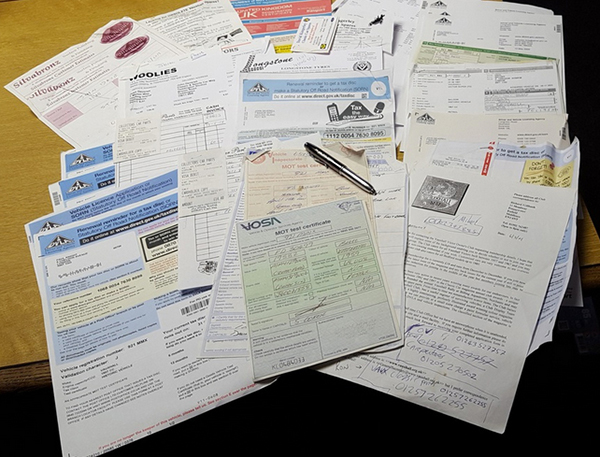
Credit: Image source by Ian Cushway
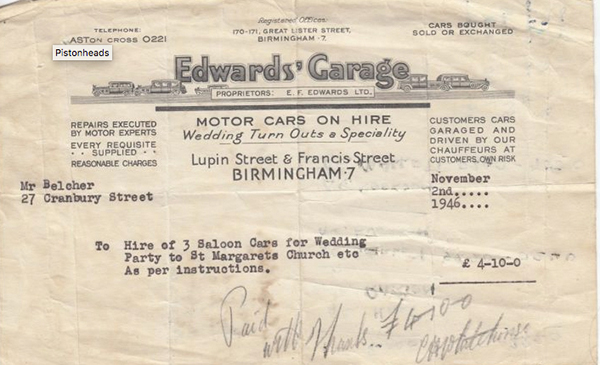
Credit: Image source by Ian Cushway
6. Extra, extra - read all about it!
If your car had an accessory fitted from the factory, don the Sherlock Holmes deerstalker again and find out more. Try to get hold of the original sales literature and get particularly excited if you find an old image of your model with it fitted!
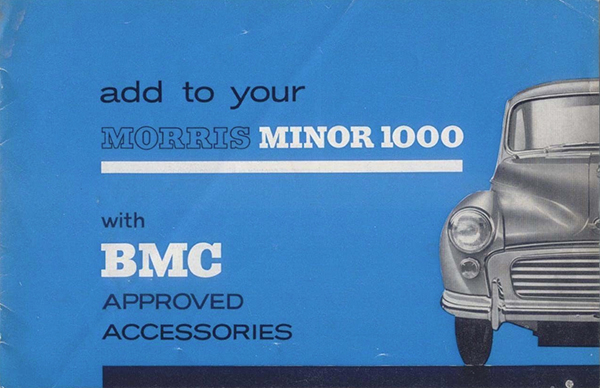
Credit: Image source by Ian Cushway
7. Picture this
Having a photographic timeline for your car is important, so gather together any shots you have of when you first bought it, the car at shows, or in different locations. If it goes in to have work done, grab some shots while it’s up on the ramp - it all serves as evidence to confirm where’s it’s been and what’s been done.
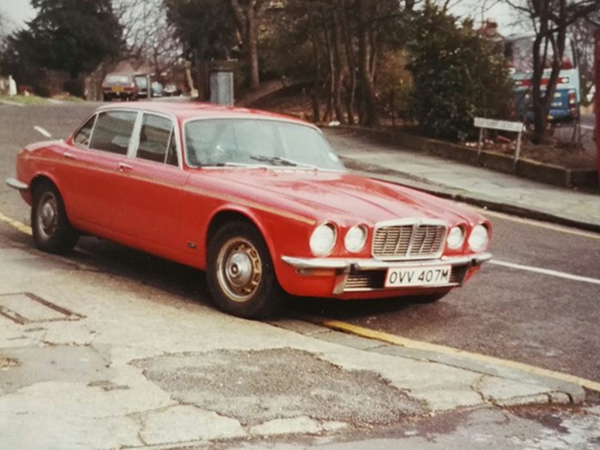
Credit: Image source by Ian Cushway
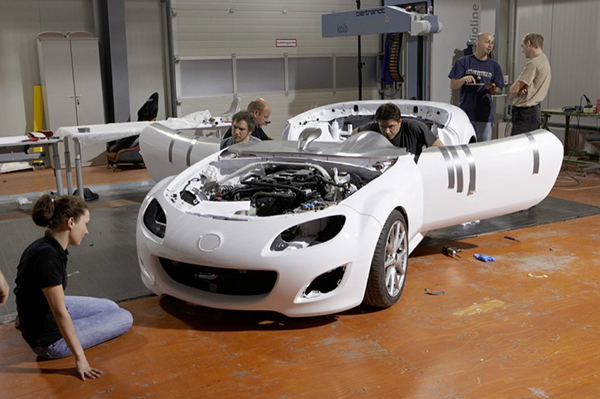
Credit: Image source by Ian Cushway
8. Hot off the press?
Part of the fun of owning a classic is collecting all the paraphernalia that goes with it such as contemporary magazine articles and brochures. If you know your car’s actually been featured, find out when it was and order a back issue from the publisher. It all adds kudos. The next time you’re enjoying a rummage at an autojumble, try to get hold of the correct year manufacturer’s sales brochure for your vehicle and add this to your file.
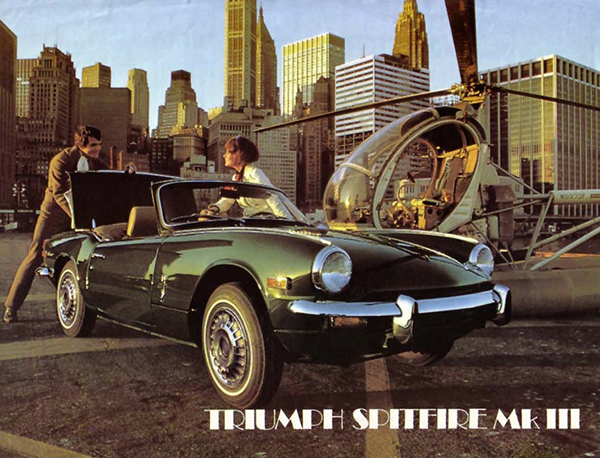
Credit: Image source by Ian Cushway
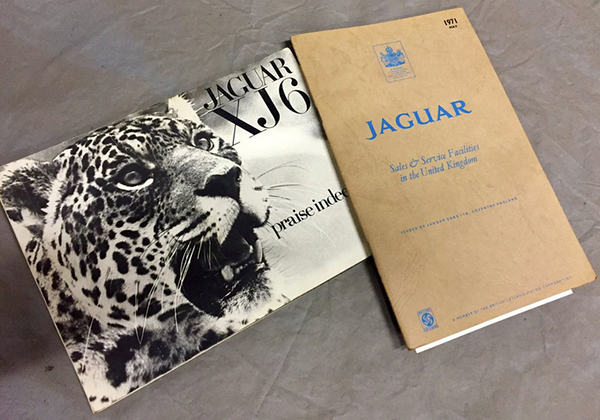
Credit: Image source by Ian Cushway
9. Brought to book
Now comes the nice bit, putting together a smart and comprehensive history folder. Start it with a description of the vehicle, a nice picture, it’s build date, chassis number, engine number and so on. If you’ve got a Heritage certificate or a brochure put them at the front of the file to ‘set the scene’. Then it’s a case of making sure everything is in date order so potential buyers can follow your car’s story from when it was made to the present day. Mark owner changes with dates – and make sure everything tallies.
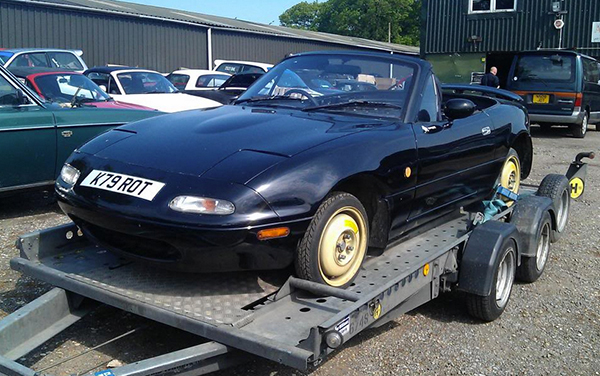
Credit: Image source by Ian Cushway
10. Keep it going
Finally, more fun can be had keeping your history file bang up to date. If you see an article, or something to do with market values, cut it out and include it. You might even get the opportunity to go back and fill in any gaps or correct previously recorded snippets of information. You never know, an undiscovered previous owner might come forward at a show if they see your car on display. Now, wouldn’t that be useful!

Credit: Image source by Ian Cushway
Whether it’s for your own enjoyment alone, or to help possibly sell your classic one day, a history file is one job you shouldn’t find a chore. And you’ll be amazed at how a potential buyer will view such an honest and comprehensive record of its past whilst you’re showing them around it.

Keep up with all the latest from Moss Europe on our social pages.

|
|






















